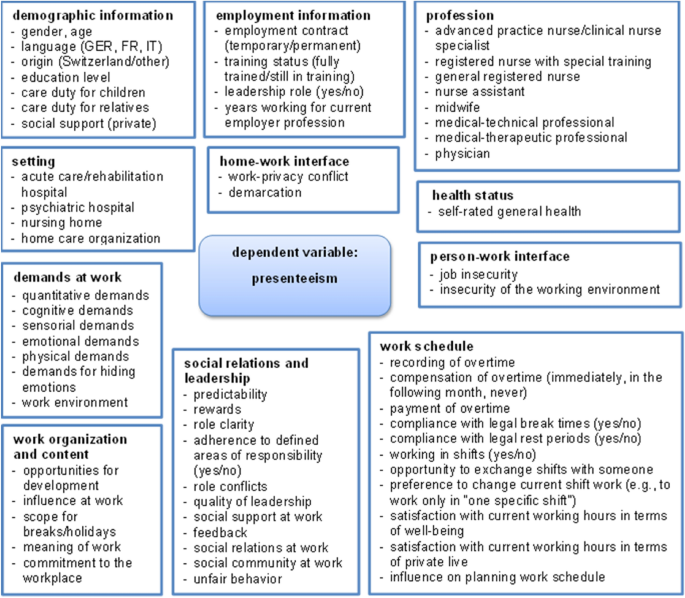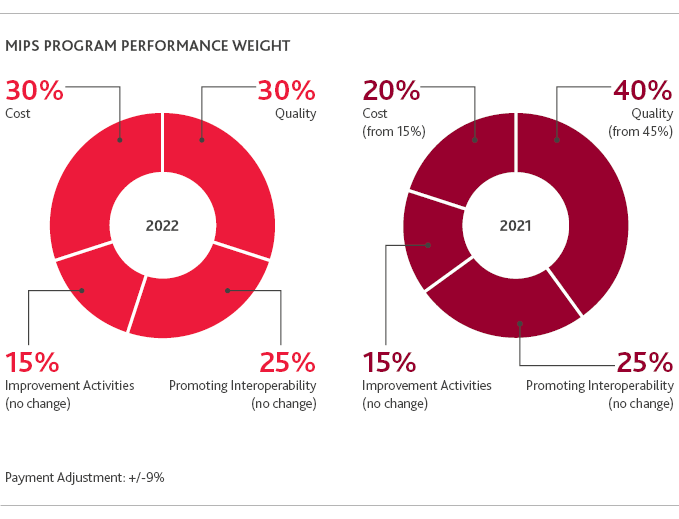Understanding how a physician fee schedule works is crucial for both healthcare professionals and patients. A physician fee schedule is a vital tool that outlines the prices associated with various medical services provided by doctors. This schedule not only influences how healthcare providers are compensated for their services but also plays a significant role in determining patient costs and insurance coverage. Delving into the complexities of a physician fee schedule can shed light on the intricacies of healthcare billing, reimbursement processes, and overall healthcare economics. In this blog, we will unravel the mysteries surrounding a physician fee schedule and explore its impact on healthcare delivery and accessibility.
Understanding the Importance of a Physician Fee Schedule
A physician fee schedule is a crucial component of the healthcare industry, setting the rates at which medical providers are reimbursed for their services. This schedule plays a vital role in determining the financial viability of medical practices and influencing patient access to care.

The Impact on Healthcare Providers
Physician fee schedules directly impact healthcare providers by determining the payment rates for services rendered. These rates can significantly affect the revenue stream of medical practices and influence the quality of care they can offer to patients.
It’s essential for providers to stay informed about any changes or updates to the fee schedule to ensure accurate billing and fair compensation for their services.
Access to Care for Patients
The physician fee schedule also plays a critical role in patient access to care. The reimbursement rates set in the schedule can affect the availability of services in certain geographical areas or specialties.
By understanding how the fee schedule impacts providers, patients can better navigate the healthcare system and make informed decisions about their medical treatment.
Components of a Physician Fee Schedule
A physician fee schedule is a critical component of healthcare reimbursement, outlining the prices for various medical services. The components of a physician fee schedule typically include:
1. Relative Value Units (RVUs)
RVUs are used to measure the relative value of medical services based on factors like physician work, practice expense, and malpractice. These values play a key role in determining the reimbursement rate.
2. Conversion Factor
The conversion factor is a dollar amount assigned to each RVU to calculate the actual reimbursement amount. It represents the monetary value placed on the RVUs and varies from year to year.
3. Geographic Practice Cost Index (GPCI)
The GPCI adjusts the physician fee schedule payments based on the location where services are provided. Areas with higher costs of living receive higher GPCIs, reflecting the regional differences in expenses.
:max_bytes(150000):strip_icc()/Health-GettyImages-1400264257-96cad1815ad34f4794c716414fbf5efc.jpg)
Factors Influencing Physician Fee Schedules
Physician fee schedules play a critical role in determining the reimbursement rates for medical services. Several factors influence the establishment of these fee schedules, affecting the financial aspects of healthcare providers and impacting patient care.
1. Medicare and Medicaid Regulations
Government programs like Medicare and Medicaid often set the standard for physician fee schedules. Reimbursement rates by these programs can significantly influence the fees charged by healthcare providers.
2. Geographic Location
The location of a healthcare facility can impact physician fee schedules due to variations in the cost of living, malpractice insurance rates, and regional healthcare demands.
3. Physician Specialty and Experience
Specialists generally command higher fees compared to general practitioners due to their specialized skills and expertise. Moreover, experienced physicians with a proven track record may set higher fee schedules.
4. Market Competition
The level of competition among healthcare providers in a specific area can influence physician fee schedules. Higher competition may lead providers to adjust their fees to remain competitive.
Challenges in Navigating a Physician Fee Schedule
Understanding and navigating a physician fee schedule can be a complex task due to various challenges that healthcare providers face.
Inconsistencies in Reimbursement Rates
One of the primary challenges is the inconsistencies in reimbursement rates across different payers when it comes to a physician fee schedule. Providers often have to deal with varying rates for the same procedures, making it difficult to predict revenue accurately.
This inconsistency can lead to financial uncertainties and impact the overall revenue cycle of healthcare organizations.
Complex Coding and Billing Procedures
The complexity of coding and billing procedures adds another layer of challenge in navigating a physician fee schedule. Healthcare providers need to stay updated with the latest coding guidelines and ensure accurate submission of claims to avoid reimbursement denials.
Additionally, the evolving nature of healthcare regulations and policies can further complicate the billing process, requiring constant education and training for the staff.
Strategies for Maximizing Reimbursements within a Physician Fee Schedule
Physicians often face challenges in maximizing reimbursements within a physician fee schedule. To optimize revenue streams and enhance financial performance, it is crucial to employ effective strategies that align with the fee schedule guidelines.
Utilize Technology for Coding Accuracy
Implementing advanced coding software can help streamline the documentation process, ensuring accurate code selection and reducing coding errors. By utilizing technology, healthcare providers can improve coding accuracy, leading to higher reimbursable amounts.
Stay Up-to-Date with Reimbursement Policies
Regularly monitoring reimbursement policies and updates is essential to avoid potential claim denials and ensure compliance with the latest billing regulations. By staying informed about changes to the fee schedule, physicians can adjust their billing practices accordingly to maximize reimbursements.
Enhance Documentation Practices
High-quality documentation practices are crucial for justifying the medical necessity of services rendered. Physicians should focus on comprehensive and accurate documentation that supports the services provided, which can lead to higher reimbursement rates and reduced audit risks.

Frequently Asked Questions
- What is a Physician Fee Schedule?
- A Physician Fee Schedule is a complete listing of fees Medicare uses to pay doctors or other providers/suppliers. It outlines the payment rates for physician services and is used by Medicare and other health insurance programs to determine the amount of reimbursement to providers.
- How is the Physician Fee Schedule determined?
- The Physician Fee Schedule is determined based on the Resource-Based Relative Value Scale (RBRVS), which considers the resources used in providing each service, including physician work, practice expenses, and malpractice insurance costs. The fees are adjusted based on geographic differences in cost.
- What factors can influence the fees in a Physician Fee Schedule?
- Several factors can influence the fees in a Physician Fee Schedule, such as the complexity of the service provided, the time and effort required, the geographic location where the service is rendered, and the specific payment policies of the insurance program or payer.
- How often is the Physician Fee Schedule updated?
- The Physician Fee Schedule is typically updated on an annual basis by the Centers for Medicare & Medicaid Services (CMS). Updates may include changes to payment rates, new codes, revisions to coding guidelines, and other adjustments based on regulatory requirements or input from stakeholders.
- Why is understanding the Physician Fee Schedule important?
- Understanding the Physician Fee Schedule is important for healthcare providers to ensure accurate billing, appropriate reimbursement for services rendered, compliance with regulatory requirements, and effective management of practice finances. It also helps patients understand the costs associated with their care.
Unlocking the Mysteries: A Physician Fee Schedule Unveiled
In conclusion, understanding a physician fee schedule is crucial for both healthcare providers and patients alike. This detailed breakdown of costs and reimbursements plays a significant role in shaping the healthcare landscape. By delving into this complex system, we have gained valuable insights into how medical services are valued and compensated.
Through transparency and knowledge, providers can navigate the intricacies of fee schedules, ensuring fair compensation for their services. Patients, on the other hand, can make informed decisions regarding their healthcare choices, armed with a better understanding of the financial aspects involved.
Unlocking the mysteries of a physician fee schedule empowers both providers and patients to navigate the healthcare system with confidence, ultimately leading to better care and outcomes for all involved.
